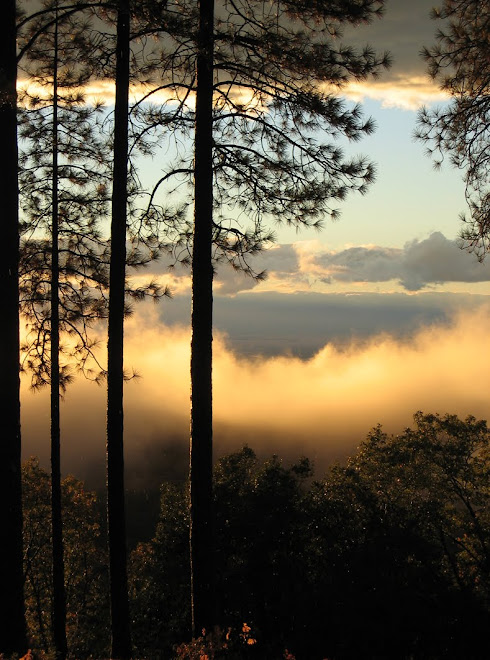One of the things I love about Linda Dove’s collection In Defense of Objects is the reciprocity of her vision, the way her investigation of objects often becomes a two-way interrogation. In “Eye, Appaloosa” this dynamic is especially poignant. Horses intimidate me, but I am nevertheless wild for this poem, so I asked her if she would talk a little about it for this blog. Her comments follow the poem.
Eye, Appaloosa
Object of the west, tiny globe that makes manifest
the seat of its rider. Seer of bloodshed and journey.
Eye that crosses currents with the Palouse River,
that precedes the blanket of flank draped in leopard spots.
Cortez walks the first snowflake horse off the boat
in Mexico, but the Nez Perce recreate it. The eye
is an object of interest. Its sclera must breed white
to show off the colored iris like another dark mote.
It is not a natural object, this bred eye. It is considered.
It is watched, even as it watches. Perhaps it has seen
too much. After the long retreat, the ambush,
the war, it follows the currents of history
to fight no more forever. The cavalry guts the tribe
by its horses—selling, shooting, or mating them
to farm stallions. They see nothing remarkable
in the eye of the animal. But the eye remembers,
in the way that objects will. Long after the ones
who knew it disappear, the eye, Appaloosa moves.
© 2009 Linda Dove
Linda writes: “Eye, Appaloosa” is one of the “glue” poems that I wrote at the eleventh hour for the purpose of “sticking” my manuscript together under its new title, In Defense of Objects. I just now looked up the day I wrote it—November 23, 2008—and the Dorothy Brunsman contest had a deadline of November 30th, so I wrote it and sent it off within the week. I’m pretty sure it repeats the word “object” more than any other single poem in the collection (four times in 18 lines).
It was also a poem born of a dream, an actual, nighttime dream, which I had had in May 2006, during a long period in which I wasn’t writing. The dream was ostensibly about my real-life friend M., also a poet, who started typing furiously, while I collected her pages. There was a clock on the wall, and she turned out about 75 pages of beautiful poetry in an hour. In the dream, I was literally reading the pages, and they were perfectly-formed, Ashberyesque lines about the forest, rocks, river, animals, although they were edgy and raw and long across the page. She divided them into three discrete sections and told me I had to come up with a title for her, so I invented three: Eye, Appaloosa; Cowhand, Traveller, Cow; and The Gift of Green.
The overwhelming color in the dream was green—the green trees in the forest. I was apparently seeing the poems as images at the same time I was reading the typed pages in the dream. When I woke up, I couldn’t remember any specific lines (and, oh, what I would give to be able to remember those lines, those long lines of beautiful verse that were perfectly formed somewhere in my head!). But I did remember (and quickly jotted down) the three titles I had created and knew I had to do something with them, even though I had no reference point with which to begin to explain from whence they had come. “Eye, Appaloosa” and “Cowhand, Traveller, Cow” both became the titles of poems in the collection.
And that’s where the similarity between the dream and these two poems begins and ends. When I finally turned back to these titles two-and-a-half years after they had appeared to me in the dream, I had no idea what to do with them. So I worked backwards into “Eye, Appaloosa” by doing some research into this breed of horse that had arrived so decisively in my dream, but about which I knew little to nothing. The fact that the title appeared to me as a syntactical aberration wasn’t something I understood either; I just went with it. It seemed to suggest a focus for the poem—to “see” the horse and its history through the eye, as both the subject (topos) of the poem, and as an object that would stand in as a synecdoche for the breed itself.
Fortunately, the history of the Appaloosa is fascinating, complex, and storied. There was more than enough to work with just doing a cursory fact-grab online. It ended up as a poem that wants to suggest something about vision—historical vision, poetic vision, ontological vision (how we know what we know, how we see what we see). The Spanish, the Nez Perce, and the U.S. 7th Cavalry all see this object of history differently. Those competing perspectives allow the Appaloosa’s eye to obtain a kind of independence (“even as it watches”), to hover beyond any one way of telling history. It resists classifications of “natural” or “cultural.” And so the poem also covers the territory of beauty and knowledge and love and loss—all well-worn themes in any poetic lexicon—and about what sustains, what can overcome.
Subscribe to:
Post Comments (Atom)


I have a dream that ended up being mural in a east Hollywood library
ReplyDelete